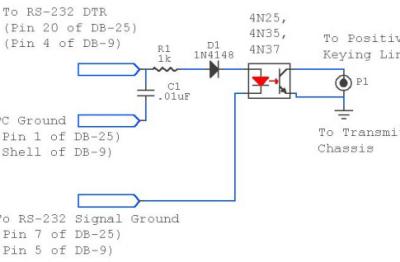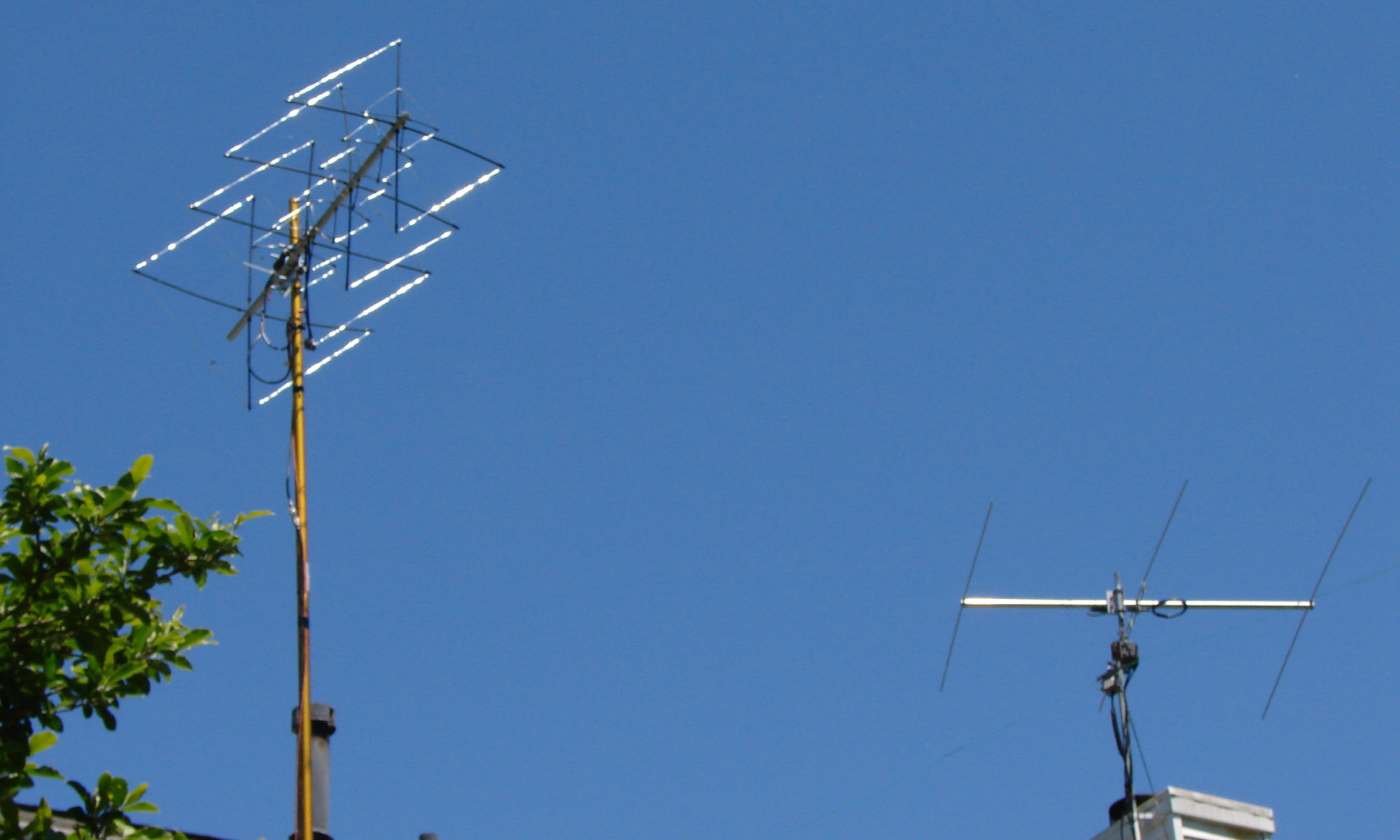NF8M/B was having some issues starting in April 2018 which appear to be resolved at present. Read on for the details. Continue reading “NF8M/B Six Meter Beacon Status”
Grounding and bonding presentation
Thanks to the South Lyon Area Amateur Radio Club for hosting me Sunday, March 11 for a presentation on grounding and bonding for the average ham. You can find links and resources here, or via the menu to the right under Presentations.
Single-point ground plane for antenna lines
I’ve replaced my current system of shack feedline grounding with a single-point ground plane for the antenna lines coming into the station.
Previously, the HF antennas (off-center-fed 80 meter dipole, 6BTV vertical, and 160-meter inverted-L) all terminated in a rotary coax switch. The switch is grounded to the station ground bus that runs along the back of the operating desk, in turn grounded with strap to the ground rods through the basement wall outside. Other antennas, such as the 160-meter receive loop, six meter beam and the VHF-FM antenna in the attic, connect to their respective devices directly.
The new SPGP consists of a heavy piece of aluminum angle stock with feedthrough UHF connectors. Continue reading “Single-point ground plane for antenna lines”
Solar Eclipse QSO Party

The total solar eclipse that traversed the continental United States on August 21 was a golden opportunity to study the effects of the eclipse on ionospheric radio propagation. A rather new organization, the Ham Radio Science Citizen Investigation (HamSCI), sponsored a QSO Party on that date to collect data to investigate what happens when the sun goes away for a few minutes.
From all accounts, the experiment was a success in that it confirmed the expected outcome – nighttime propagation conditions appeared, and then disappeared, in the middle of the day.
I took the day off from work and participated by setting up a portable station on my backyard deck. Continue reading “Solar Eclipse QSO Party”
Rig control and keying
 I recently replaced my shack computer, a Dell Optiplex, with a Dell Precision i7 workstation. I generally buy off-lease computers, since they are only a couple years old, well-equipped and reasonably priced, and Linux runs on them just fine.
I recently replaced my shack computer, a Dell Optiplex, with a Dell Precision i7 workstation. I generally buy off-lease computers, since they are only a couple years old, well-equipped and reasonably priced, and Linux runs on them just fine.
For contest logging, I’m slowly working in the N1MM direction (there’s a trick or two to running it well under wine), so I still use a DOS-based logging program that relies on serial and parallel ports for keying and rig control. Continue reading “Rig control and keying”
